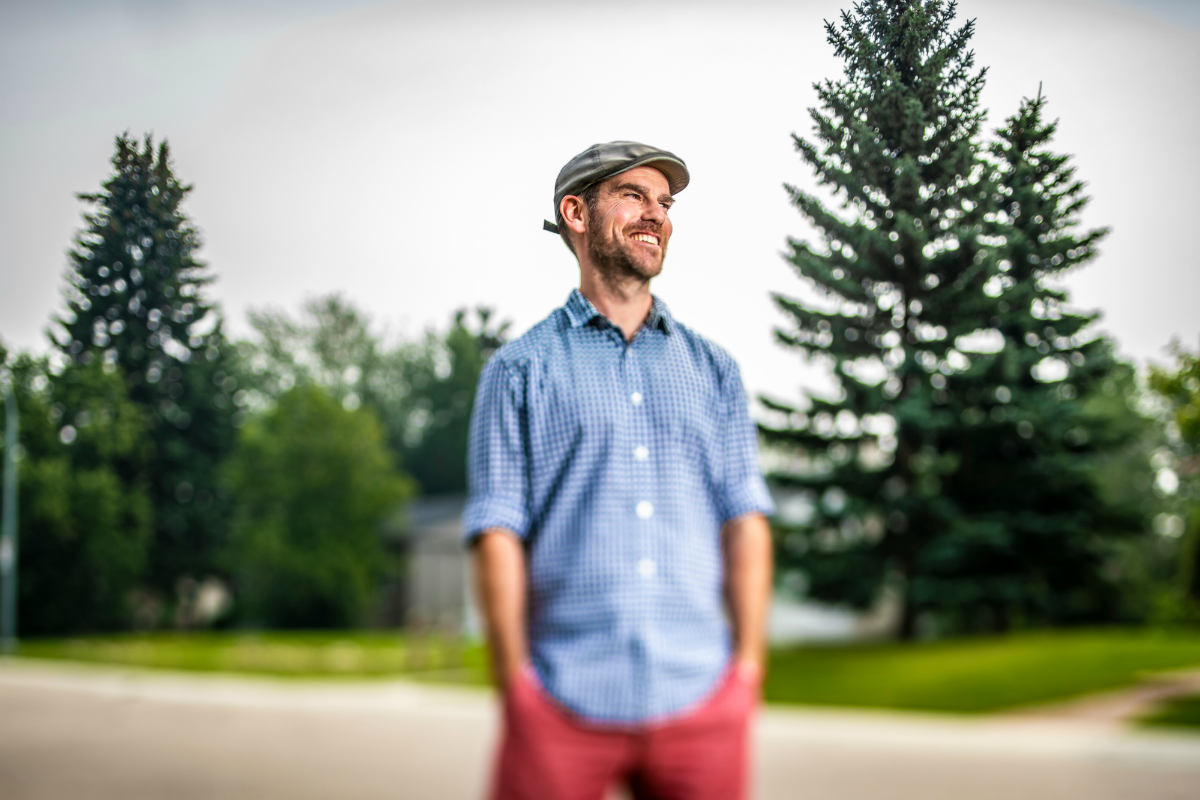
UAlberta researcher Leith Deacon is an assistant professor in the urban planning program, and is studying the impact of a fly-in, fly-out workforce. Photo credit: John Ulan
The fly-in, fly-out work force model in the city of Fort McMurray may have a negative impact on the community, according to a study by University of Alberta scientists. The crux of the matter? There aren't enough options to get workers involved in the community.
The research examined how fly-in, fly-out (FIFO) workers are perceived by permanent residents in the community, and was conducted in the Department of Earth and Atmospheric Sciences.
"The reliance on FIFO workers has grown in the last few decades, and our understanding of how that model affects the surrounding community is lacking," explained Leith Deacon, assistant professor in the urban planning program and principal investigator in the Sustainable Community Planning Development project. "This research is trying to illustrate local experiences of the effects of a relatively new employment model."
The researchers found three main outcomes. The first shows that FIFO workers have little interaction with the local community. "They aren't engaged," said Deacon. "They come in, they work, and they return home. They're not part of a community league, and they haven't joined a gym."
The second finding suggests that permanent residents in the region are concerned about the strain that FIFO workers put on infrastructure and services-like health care-that they do not support with tax dollars. The third is that the use of FIFO workers has a negative effect on place attachment and long-term sustainability in Fort McMurray.
"If a person isn't interacting with the community, their ability to develop attachment to that community is diminished," explained Deacon. "There is no meaningful way for FIFO workers to develop this attachment-especially if you take a bus from your residence to site everyday. Your transportation and food are provided. You don't go to a coffee shop or a grocery store."
The researchers also cite a lack of means and opportunities for FIFO workers to integrate into the community. A follow-up study by Deacon's master's student Trina Lamanes investigated recreation and leisure opportunities as a mechanism for getting FIFO workers engaged and highlighted a number of ways to improve, including longer opening hours and offering childcare.
The paper, Transiency, fly-in-fly-out workers, and sustainability: Perceptions from within a resource-based community, was published in WIT Transactions on Ecology and the Environment(doi: 10.2495/SDP170091).